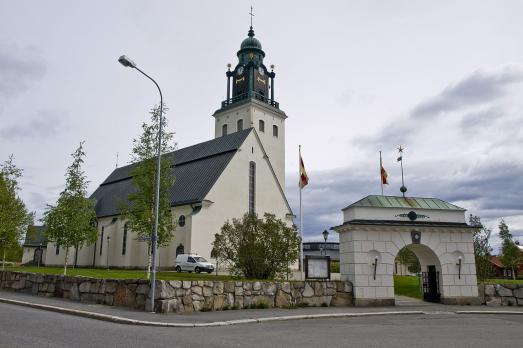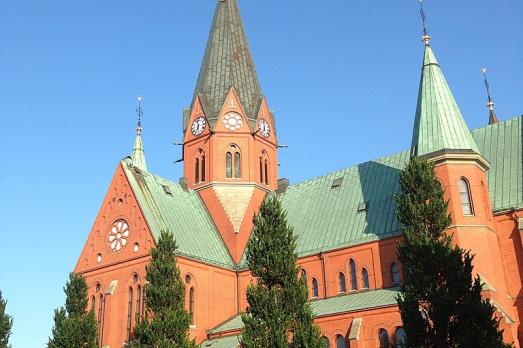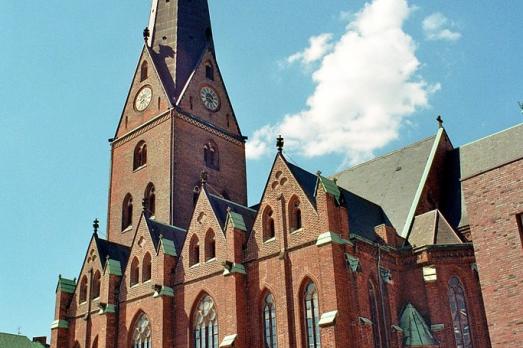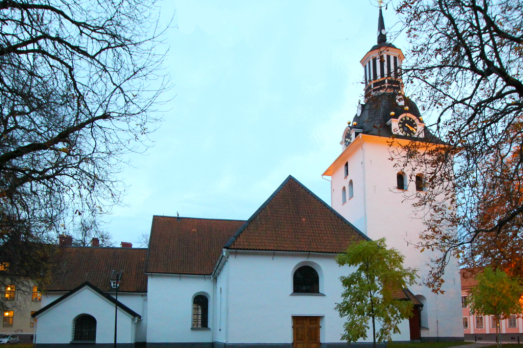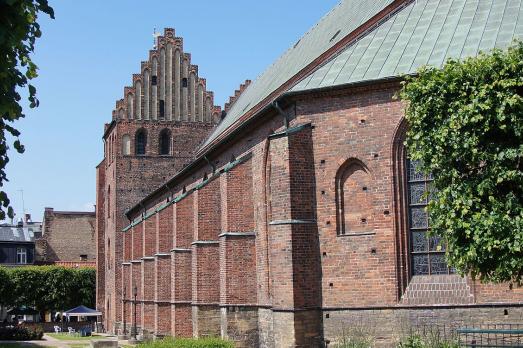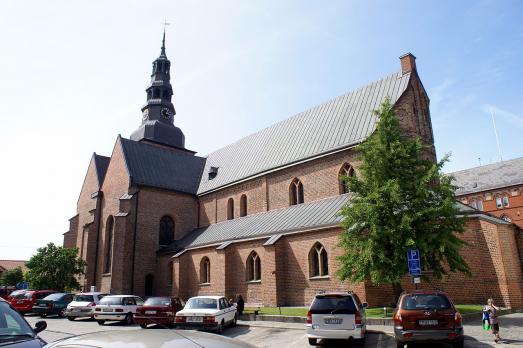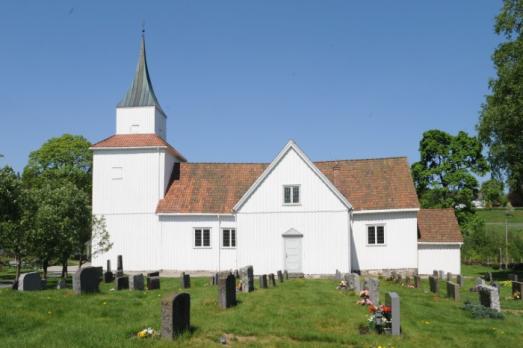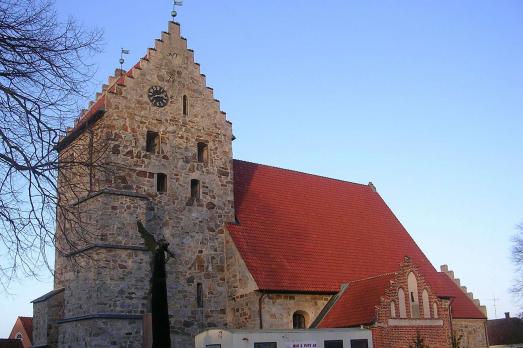
Sankt Nicolai kyrka
Simrishamn, SE
The church of St. Nicolai was consecrated in 1880 on a former fishermen's chapel corresponding to the present choir. In 1953, the church was given its present exterior appearance when the plaster was removed and the quartzite was enhanced.
